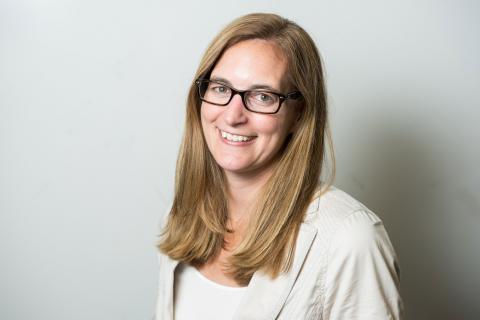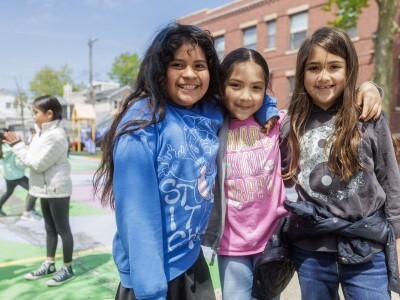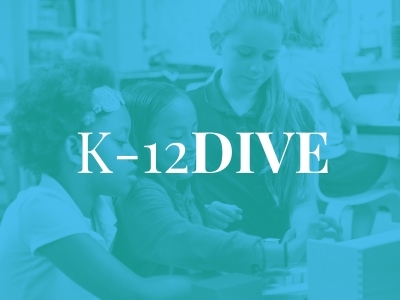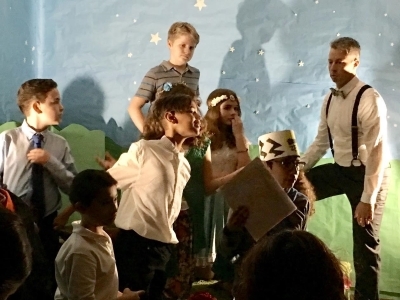We Need to Personalize Personalized Learning
Topics

Today’s learners face an uncertain present and a rapidly changing future that demand far different skills and knowledge than were needed in the 20th century. We also know so much more about enabling deep, powerful learning than we ever did before. Our collective future depends on how well young people prepare for the challenges and opportunities of 21st-century life.
Ultimately, personalized learning should be about problem-solving to help every student thrive, not one particular approach to instruction.
A student with dyslexia told us he thrives in a classroom that gives students multiple choices over their learning, while another student said she needs more structure. While some students clearly bloom in a loud, active, project-based classroom, a student with autism might be completely overwhelmed by the noise, movement, and lack of clear direction.
It’s easy to agree that one-size-fits-all doesn’t work very well as an educational model for the 21st century. This above excerpt from Are We Personalizing Learning for the Students Who Need It Most? by Robin Lake, director of the Center for Reinventing Public Education (CRPE), characterizes the complexity of educating learners who are all unique.
But making a shift to one-size-fits-one is really hard. Especially if you consider that each teacher may be charged with personalizing their instruction for 25 or 30 kids, or more, every day for every lesson. As teachers make the shift to personalized learning in their classrooms, they are finding strategies that enable them to manage this challenging task. But in their visits to personalized learning schools, Robin and her team have discovered that many of these well-intentioned strategies may still leave some students behind.
The theory behind personalized learning (PL)—crafting an individualized education experience for each student—holds tremendous potential for better serving all students, especially students who don’t fit the norm. But too often teachers in PL classrooms are simply substituting one-size-fits-all direct group instruction for one-size-fits-all models of personalization. Ultimately, this approach may be just as likely to leave some students behind.
In our visits to PL schools, we’re seeing a move away from traditional lecture-based formats in favor of lively classrooms where students tackle self-designed projects. In some classrooms, students move on a fixed schedule from one learning station to the next. In others, students independently navigate a host of activities on their own timetable.
PL advocates often promote this vision of the “better” classroom. To be sure, these formats give students more input and variety in their learning and, arguably, meaningfully improve on traditional direct instruction. But they don’t work for all students.
Continue reading Are We Personalizing Learning for the Students Who Need It Most? on CRPE’s blog for examples of personalized learning strategies in use that hold promise for reaching even the most complex of learners.
Related Posts
- Teachers Need More Clarity When it Comes to Personalized Learning - When schools map their theory of personalized learning, claims CRPE’s Betheny Gross, teachers can see how the activities they do in the classroom lead to the goals they set with and for students.
- 5 Personalized Learning Practices in NGLC Grantee Schools - How do you know when a school is a personalized learning school? These five practices were described by the RAND Corporation in its research study of NGLC schools; we share additional resources related to each practice.
- Putting Agency Back Into Personalized Learning - Guest author Diana Lebeaux reminds us that no pedagogy, no matter how promising, is the right solution if it is done to young people. They have to have an equal role in creating their own educational experience.




